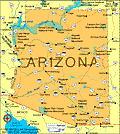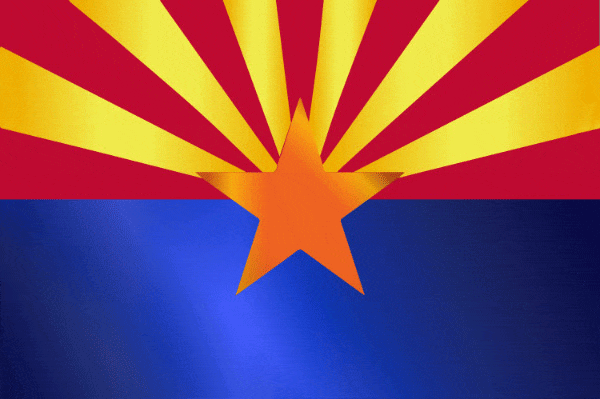 History Marcos de Niza, a Spanish Franciscan friar, was the first European to explore Arizona. He entered the area in 1539 in search of the mythical Seven Cities of Gold. Although he was followed a year later by another gold seeker, Francisco Vásquez de Coronado, most of the early settlement was for missionary purposes. In 1775 the Spanish established Fort Tucson. In 1848, after the Mexican War, most of the Arizona territory became part of the U.S., and the southern portion of the territory was added by the Gadsden Purchase in 1853. Arizona history is rich in legends of America's Old West. It was here that the great Indian chiefs Geronimo and Cochise led their people against the frontiersmen. Tombstone, Ariz., was the site of the West's most famous shoot-out—the gunfight at the O.K. Corral. Today, Arizona has one of the largest U.S. Indian populations; more than 14 tribes are represented on 20 reservations. Manufacturing has become Arizona's most important industry. Principal products include electrical, communications, and aeronautical items. The state produces over half of the country's copper. Agriculture is also important to the state's economy. Top commodities are cattle and calves, dairy products, and cotton. In 1973 one of the world's most massive dams, the New Cornelia Tailings, was completed near Ajo. State attractions include the Grand Canyon, the Petrified Forest, the Painted Desert, Hoover Dam, Lake Mead, Fort Apache, and the reconstructed London Bridge at Lake Havasu City. |
Read this profile of Arizona to learn about the state's history, points of interest, and government. Also find interesting facts about each state, including the state's motto, symbols, and when it entered the union.




